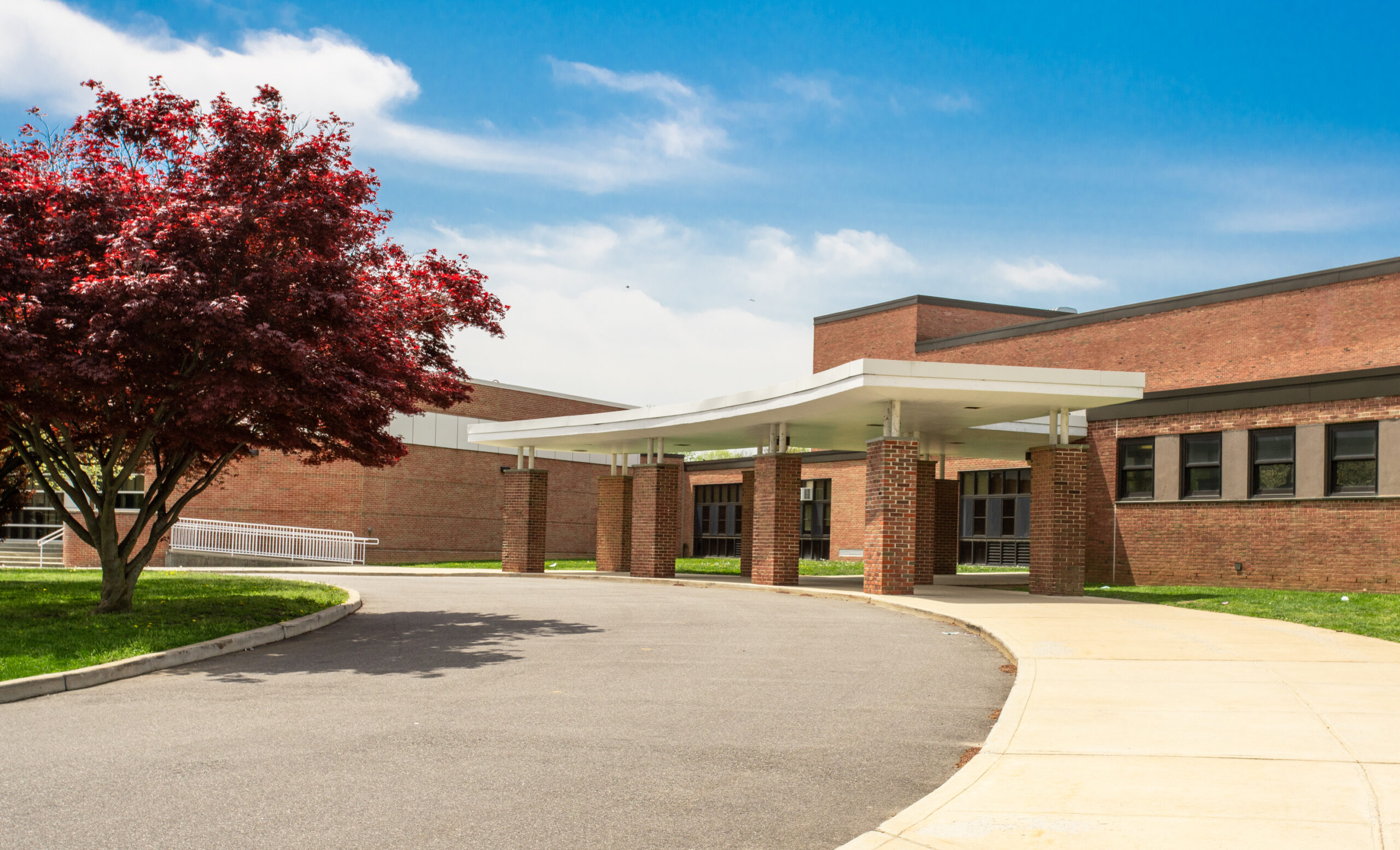PROTECT YOURSELF WITH SURETY BONDS
The way project owners evaluate and manage risks on construction projects and make fiscally responsible decisions to ensure timely project completion are crucial to their success. Since private owners cannot afford to gamble on a contractor whose reliability is uncertain or who could end up bankrupt halfway through the job, a surety bond is a great safety net for the investment.
What is Suretyship?
Suretyship is a very specialized line of insurance that is created whenever one party guarantees performance of an obligation by another party.
A surety bond is a written agreement that includes three parties:
- The principal is the party that undertakes the obligation.
- The surety company guarantees the obligation will be performed.
- The obligee is the party who receives the benefit of the bond.
There two main types of surety bonds, contract (or corporate) surety bonds and commercial surety bonds.
Contract (or Corporate) Surety Bonds
Contract (or corporate) surety bonds provide financial security and construction assurance for building and construction projects by assuring the project owner (obligee) that the contractor (principal) will perform the work and compensate certain subcontractors, laborers and material suppliers, as outlined via their contract. Contract surety bonds include the following:
- Bid bonds provide financial assurance that the bid has been submitted in good faith and that the contractor intends to enter into the contract at the price bid and provide the required performance and payment bonds.
- Performance bonds protect the owner from financial loss should the contractor fail to perform the contract in accordance with its terms and conditions.
- Payment bonds guarantee that the contractor will pay certain subcontractors, laborers and material suppliers associated with the project.
- Maintenance bonds guarantee against defective workmanship or materials for a specified period.
- Subdivision bonds make guarantees to cities, counties or states that the principal will finance and construct certain improvements such as streets, sidewalks, curbs, gutters, sewers and drainage systems.
Commercial Surety Bonds
Commercial surety bonds guarantee performance by the principal of the obligation or undertaking described in the bond. Commercial surety bonds include the following:
- License and permit bonds are required by state law or local regulations in order to obtain a license or permit to engage in a particular business (e.g., contractors, motor vehicle dealers, securities dealers, employment agencies, health spas, grain warehouses, liquor and sales tax).
- Judicial and probate bonds, also referred to as fiduciary bonds, secure the performance on a fiduciaries' duties and compliance with court orders (e.g., administrators, executors, guardians, trustees of a will, liquidators, receivers and masters). Judicial proceedings court bonds include injunction, appeal, indemnity to sheriff, mechanic's lien, attachment, replevin and admiralty.
- Public official bonds guarantee the performance of duty by a public official, (e.g., treasurers, tax collectors, sheriffs, judges, court clerks and notaries).
- Federal (non-contract) bonds are required by the federal government (e.g., Medicare and Medicaid providers, customs, immigrants, excise, and alcoholic beverage).
- Miscellaneous bonds include lost securities, lease, guarantee payment of utility bills, guarantee employer contributions for union fringe benefits and workers' compensation for self-insurers.
How is Suretyship Similar to Other Forms of Insurance?
It's important to recognize the similarities between suretyship and other forms of insurance:
- State insurance commissioners regulate both suretyship and other insurance.
- They both provide a safety net for financial loss.
How is Suretyship Different?
Key differences exist between suretyship and other insurance:
- In traditional insurance, the risk is transferred to the insurance company. However, in a suretyship, the risk remains with the principal and the protection of the bond is designated for the obligee.
- In traditional insurance, the insurance company assumes that part of the premium for the policy will be paid out in losses. Yet, in true suretyship, the premiums paid are "service fees" charged for the use of the surety company's financial backing and guarantee.
- In underwriting traditional insurance products, the goal is to "spread the risk," while in a suretyship, surety professionals view their underwriting as a form of credit. Therefore, the emphasis is on the pre-qualification and selection process.
Government Regulations
The current federal law on federal public works is known as the Miller Act, which requires performance and payment bonds for all public work contracts in excess of $100,000 and payment protection, with payment bonds the preferred method, for contracts in excess of $25,000. Almost all 50 states, the District of Columbia, Puerto Rico and most local jurisdictions have enacted similar legislation requiring surety bonds on public works as well.
Protect Yourself With Surety Bonds
By obtaining a surety bond, you can transfer the risks associated with completion dates and quality concerns to a surety company.
About the Author
Share This Story
Related Blogs
Visitor Check-In and Access Control Best Practices
Visitor check-in and access control best practices are essential [...]
Making an Acquisition? Why the EMOD Shouldn’t Be Overlooked
When acquiring another company, there’s no shortage of factors to consider. From valuing physical assets to estimating potential synergies, the due diligence process can be complex. However, one critical element often overlooked is the EMOD.
2026 Employer Mandate Update
In July 2025, the IRS released new guidance increasing both the affordability percentage and penalty amounts under the Affordable Care Act’s employer mandate for the 2026 plan year. These changes will affect how Applicable Large Employers (ALEs) determine affordability and assess compliance risk moving into the next benefits cycle.







